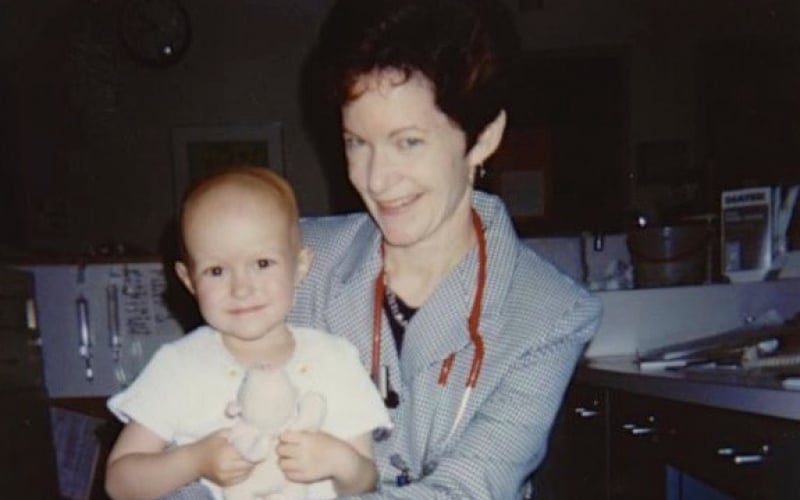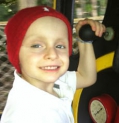The Childhood Cancer Blog
The Childhood Cancer Blog
As a child, Jennifer was diagnosed with hepatoblastoma, a rare cancer that originates in the lobes of the liver. While in treatment, Jennifer’s nurse Pat Brophy, who was also ALSF Founder Alex Scott’s nurse, supported Jennifer and her parents through a scary, uncertain time. Pictured above, Jennifer and her nurse, Pat Brophy in 1995.
Today, Jennifer Toth is a pediatric oncology nurse at Children’s... Read More
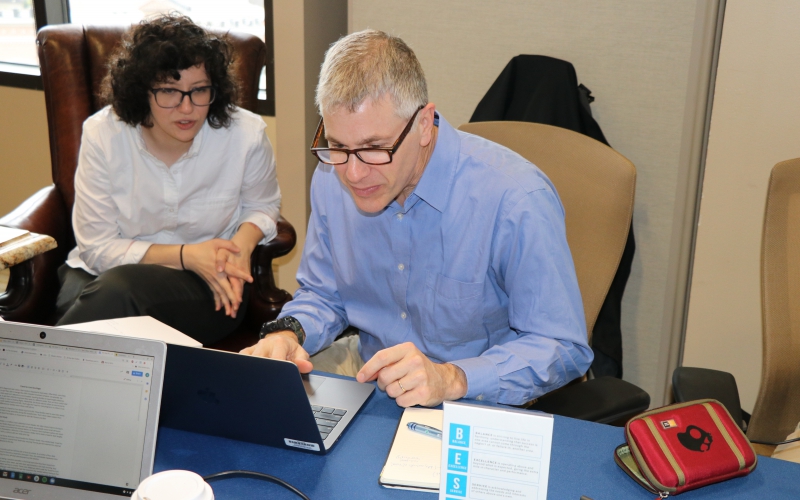
The CCDL team regularly trains pediatric oncology researchers on how to use refine.bio to accelerate the pace of their research.
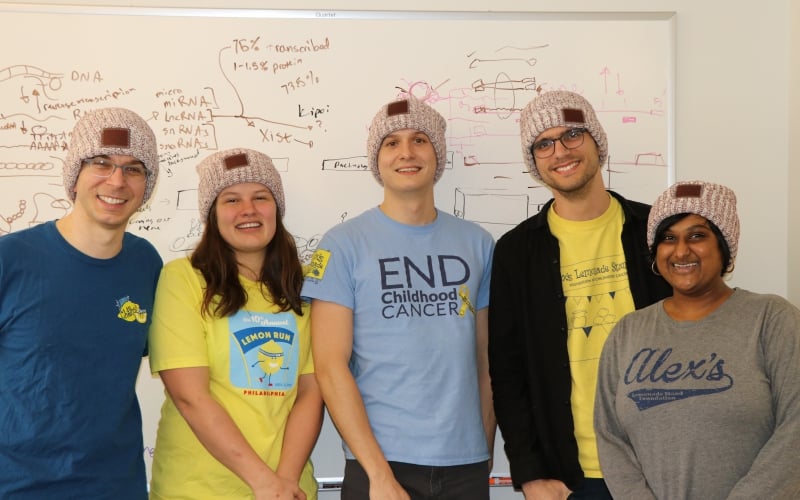
The CCDL Team (from L to R): Casey Greene, Candace Savonen, Kurt Wheeler, Ariel Rodriguez Romero, Deepa Prasad
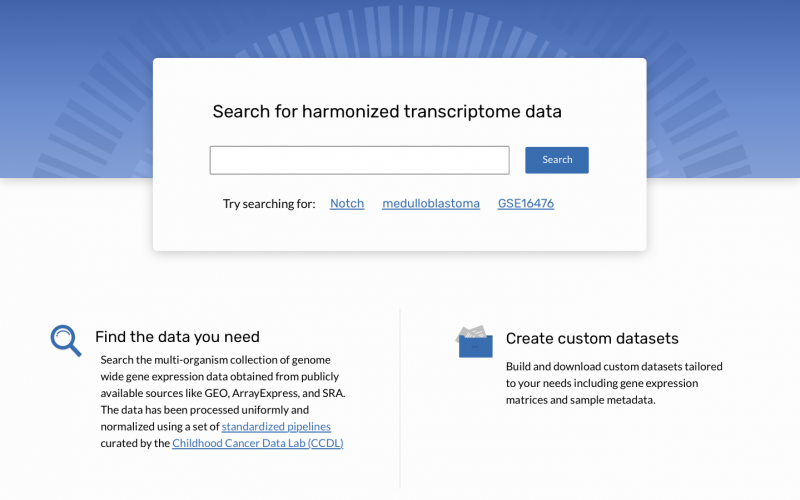
refine.bio brings together decades of data sets for childhood cancer researchers to download and use for their own research.
The Childhood Cancer Data Lab (CCDL) started with what seemed like a simple mission: develop tools to help pediatric oncology researchers access data, easily and quickly, in order to speed the work towards cures.
Of course, creating those tools is anything but simple.
Take refine.bio, the CCDL’s online repository of childhood cancer data. This tool took several decades' worth of publicly available childhood cancer data, all written in different languages, translated it, and placed it all in one... Read More
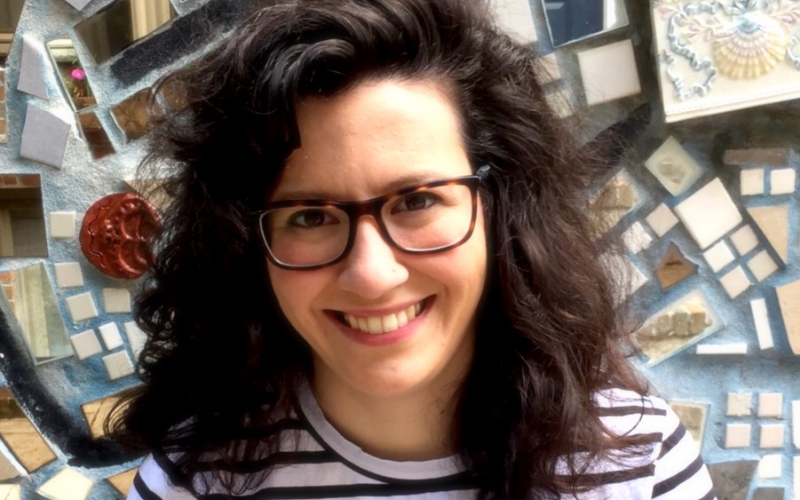
“Data is the lifeblood of science,” says Jaclyn Taroni, PhD, data scientist at the Childhood Cancer Data Lab.
When you think of childhood cancer research, you may imagine samples in test tubes and microscopes or a drug being tested in a clinic. And while childhood cancer research certainly happens in a biochem lab and in a clinic, it also happens inside the Childhood Cancer Data Lab (CCDL). Funded by ALSF, the CCDL team is working to harness the power of big data and use it to cure childhood cancer.
So what is big data?
“Data is the lifeblood of science,” says Jaclyn Taroni, PhD, data... Read More
Pages

